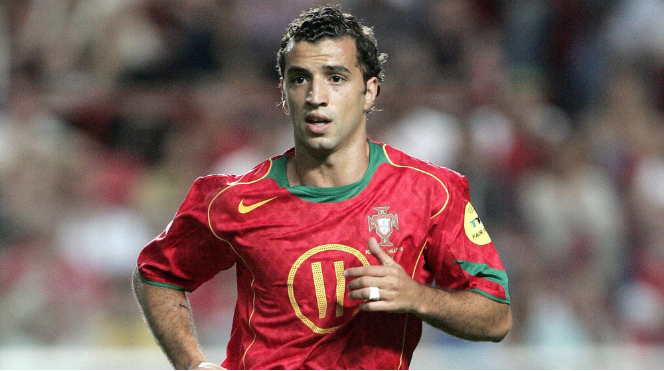Sweden’s female Lutherans voice hope in the pope
Pope Francis offers hope for change in the Catholic Church on a range of moral issues — but there’s a long way to go, say the female leaders of Sweden’s liberal Lutherans ahead of his landmark visit.
“It is clear that he has said and done things that have ignited much hope among many Catholics and even many people outside the Catholic Church,” Sweden’s first female Lutheran Archbishop, Antje Jackelen, told AFP.
Stockholm Bishop Eva Brunne hailed the Argentine pontiff as “a breath of fresh air”.
But the openly lesbian bishop added: “He has a lot to work on when it comes to gender issues, for example.”
Francis kicks off a two-day visit to Sweden on Monday to mark the 500th anniversary of the Reformation — a highly symbolic trip, given that Martin Luther’s dissenting movement launched centuries of bitter and often bloody divisions in Europe.
Sweden’s branch of the Lutheran Church is amongst the most liberal in Christendom, and the pope’s visit highlights deep splits between the Vatican and this gay-friendly constitutional monarchy, where same-sex marriage is allowed even for priests.
Francis has tried to make the Church less judgemental in its approach to divorced, cohabiting and gay believers since he became pope in 2013, but his critics say he has delivered little concrete change.
In August he launched a commission to study the idea of female deacons — a rank just below priest — but made clear he did not see women becoming priests.
“I believe (the Catholic church) must bear women and men at all levels,” Brunne said, blasting the lack of progress the Vatican has made on female representation.
“I told the pope last year during a speech that it is time to no longer speak for women about women, but to speak with women,” Jackelen said.
“I want to see women priests in the Catholic church and I know that there are many Catholic women who are well-educated and would be excellent priests,” she added.
The Swedish Lutheran Church has been appointing women priests since 1960. Figures released in 2010 showed that 45 percent of its nearly 4,500 professional priests were female, with the proportion even higher among parish priests.
Francis raised hopes early in his papacy that he might steer the church towards greater acceptance for homosexuality, and in June he said Christians “must apologise” to gays and lesbians for their past treatment.
Yet new Church guidelines on family life released in April failed to recognise homosexual couples.
“When the pope was asked about homosexuality and responded ‘who am I to judge?’ some hope was ignited,” Jackelen said.
“One could say that as far as this special stance is concerned nothing has changed,” she added. “There is impatience over change in practice.”
Anders Arborelius, bishop of the Roman Catholic Church in Stockholm, said the pope’s approach had been one of continuity, despite a “progressive” image compared to his predecessors.
“Pope Francis comes from another continent and has a different way of expressing things, but one cannot say that he has changed anything in the teachings,” he said.
Despite tensions between the two churches, the purpose of the pope’s visit to the southern Swedish towns of Malmo and Lund is to celebrate dialogue and common ground between Catholics and Lutherans.
“We are getting closer on how to tackle climate change,” Brunne said, referring to the pope’s calls for action against global warming in an encyclical issued in June 2015.
“We have reached a point now where we have gone from conflict to solidarity, and we are celebrating that now.”
The Nordic region was completely conquered in the 16th century by the Lutheran Reformation as Protestantism established itself as the dominant form of Christianity across northern Europe.
Officially, Catholicism is on the rise in Sweden — the Church has 113,000 members (1.1 percent of the population) compared with only 87,000 in 2000, but it says it believes the actual number of Catholics in the country to be 150,000.
The Swedish Lutheran church says it currently has 6,2 million members, which amount to more than 60 percent of the nation’s population.
But the figures have been slightly falling each year because old members die and fewer children are being baptised, according to the church.
Immigration is also on the rise, prompting religious diversity.


